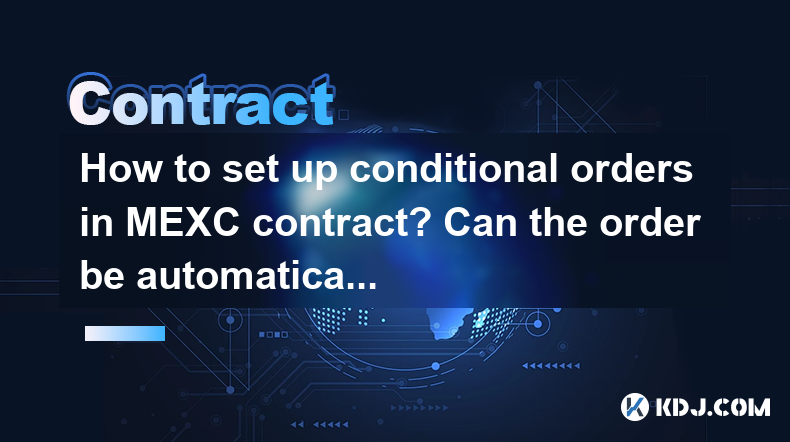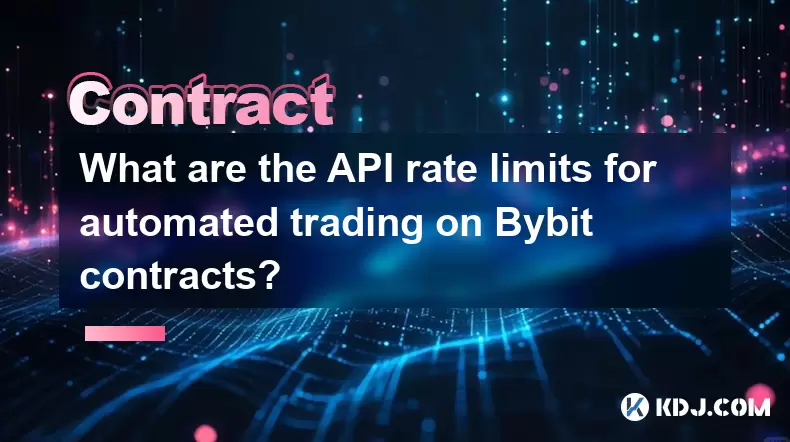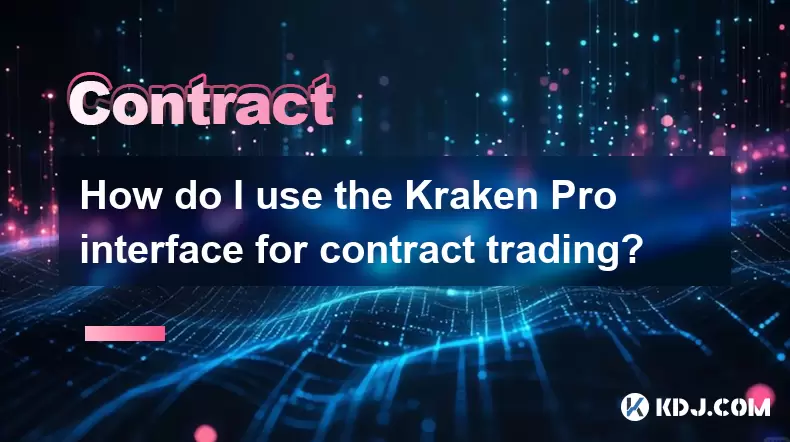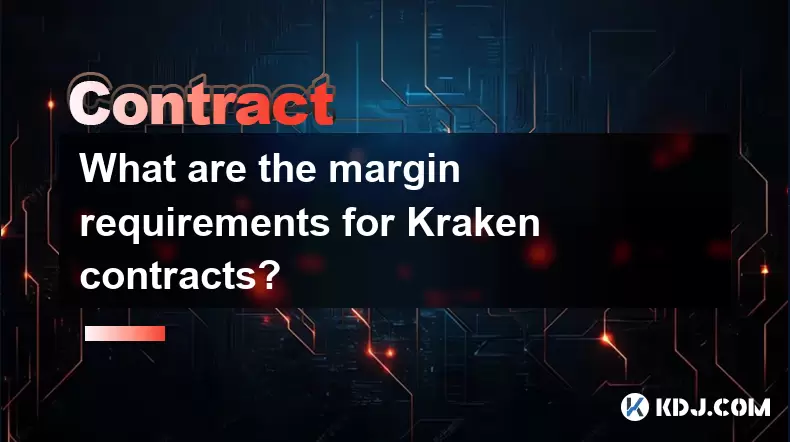-
 Bitcoin
Bitcoin $117300
1.99% -
 Ethereum
Ethereum $3884
5.89% -
 XRP
XRP $3.268
9.33% -
 Tether USDt
Tether USDt $1.000
0.02% -
 BNB
BNB $783.0
1.78% -
 Solana
Solana $173.6
3.51% -
 USDC
USDC $0.9999
0.00% -
 Dogecoin
Dogecoin $0.2193
7.00% -
 TRON
TRON $0.3380
0.30% -
 Cardano
Cardano $0.7769
5.08% -
 Stellar
Stellar $0.4350
9.36% -
 Hyperliquid
Hyperliquid $40.23
5.78% -
 Sui
Sui $3.739
6.95% -
 Chainlink
Chainlink $18.30
9.46% -
 Bitcoin Cash
Bitcoin Cash $581.7
2.11% -
 Hedera
Hedera $0.2577
5.51% -
 Ethena USDe
Ethena USDe $1.001
0.00% -
 Avalanche
Avalanche $23.08
4.23% -
 Litecoin
Litecoin $121.7
2.24% -
 UNUS SED LEO
UNUS SED LEO $8.962
-0.34% -
 Toncoin
Toncoin $3.332
1.36% -
 Shiba Inu
Shiba Inu $0.00001273
3.39% -
 Uniswap
Uniswap $10.35
6.84% -
 Polkadot
Polkadot $3.818
4.01% -
 Dai
Dai $1.000
0.01% -
 Bitget Token
Bitget Token $4.446
2.13% -
 Cronos
Cronos $0.1491
4.96% -
 Monero
Monero $255.4
-9.78% -
 Pepe
Pepe $0.00001099
4.80% -
 Aave
Aave $284.0
8.01%
How to set up conditional orders in MEXC contract? Can the order be automatically cancelled after being triggered?
Conditional orders on MEXC enhance trading by automating actions based on set conditions; once triggered, they can't be auto-cancelled but require manual follow-up.
May 04, 2025 at 04:22 pm

Setting up conditional orders in MEXC contract trading can significantly enhance your trading strategy by allowing you to automate certain actions based on predefined conditions. This article will guide you through the process of setting up conditional orders and explain whether these orders can be automatically cancelled after being triggered.
Understanding Conditional Orders in MEXC
Conditional orders on MEXC are advanced order types that allow traders to set specific conditions for executing trades. These conditions could be based on price levels, time, or other market indicators. By using conditional orders, traders can manage their positions more effectively without needing to monitor the market constantly.
Types of Conditional Orders on MEXC
MEXC supports various types of conditional orders, including:
- Stop-Limit Orders: These orders are triggered when the market price reaches a specified stop price. Once triggered, a limit order is placed to buy or sell at a specified limit price.
- Take-Profit Orders: These are used to lock in profits by automatically closing a position when the market reaches a favorable price.
- Stop-Loss Orders: These help limit losses by automatically closing a position when the market moves against you.
- Trailing Stop Orders: These orders adjust the stop price at a fixed percentage or dollar amount below the market price, allowing you to secure profits while giving the trade room to move.
Setting Up a Conditional Order on MEXC
To set up a conditional order on MEXC, follow these steps:
- Log into your MEXC account and navigate to the futures trading section.
- Select the contract you wish to trade.
- Click on the "Order" tab and then select "Conditional Order."
- Choose the type of conditional order you want to set up (e.g., stop-limit, take-profit, etc.).
- Enter the necessary parameters such as trigger price, limit price, and quantity.
- Review your order details and click "Submit" to place the order.
Can Conditional Orders Be Automatically Cancelled After Being Triggered?
On MEXC, once a conditional order is triggered and executed, it cannot be automatically cancelled. The order will be filled based on the parameters you set, and any subsequent actions would need to be manually initiated by the trader. However, you can set up another conditional order to close the position or manage the trade further after the initial order is triggered.
Managing Conditional Orders on MEXC
To manage your conditional orders effectively, you can:
- Monitor your open orders in the "Open Orders" section of the MEXC platform.
- Modify or cancel existing conditional orders if market conditions change.
- Use the "Order History" section to review past conditional orders and their outcomes.
Best Practices for Using Conditional Orders
To maximize the effectiveness of conditional orders on MEXC, consider these best practices:
- Set realistic trigger and limit prices based on thorough market analysis.
- Use stop-loss orders to protect your capital from significant losses.
- Combine different types of conditional orders to create a comprehensive trading strategy.
- Regularly review and adjust your conditional orders to align with current market conditions.
Frequently Asked Questions
Q: Can I set up multiple conditional orders for the same contract on MEXC?
A: Yes, you can set up multiple conditional orders for the same contract. This allows you to create a layered trading strategy with different conditions for each order.
Q: What happens if the market price gaps through my conditional order's trigger price on MEXC?
A: If the market price gaps through your conditional order's trigger price, the order will be triggered at the next available price. This may result in the order being filled at a price different from your specified limit price.
Q: Can I use conditional orders on MEXC for both long and short positions?
A: Yes, conditional orders on MEXC can be used for both long and short positions. You can set up orders to open or close positions in either direction based on your trading strategy.
Q: Are there any fees associated with conditional orders on MEXC?
A: MEXC charges trading fees based on your trading volume and account tier. Conditional orders are subject to the same fee structure as regular orders, with no additional fees for using conditional orders.
Disclaimer:info@kdj.com
The information provided is not trading advice. kdj.com does not assume any responsibility for any investments made based on the information provided in this article. Cryptocurrencies are highly volatile and it is highly recommended that you invest with caution after thorough research!
If you believe that the content used on this website infringes your copyright, please contact us immediately (info@kdj.com) and we will delete it promptly.
- Cold Wallet Crypto in 2025: The Future is Now, Ya'll
- 2025-08-08 05:10:13
- MAGACOIN, SOL, and ADA: A Tale of Shifting Tides in Crypto
- 2025-08-08 05:10:13
- SHIB Price, PEPE, and the Memecoin Supercycle: Who Will Reign Supreme?
- 2025-08-08 05:50:12
- Pudgy Penguins Price Prediction: Google Trends & Breakout Signals
- 2025-08-08 05:50:12
- UAE Crypto Regulation: SCA and VARA Unite to Streamline the Future of Digital Assets
- 2025-08-08 05:55:48
- MAGACOIN Finance: The Presale Phenomenon Rocking the Crypto World
- 2025-08-08 05:55:48
Related knowledge

Are there any fees for futures settlement on OKX?
Aug 08,2025 at 05:35am
Understanding Futures Settlement on OKXFutures settlement on OKX refers to the process by which open futures contracts are automatically closed or mar...

How to use the OKX margin calculator for futures?
Aug 08,2025 at 05:15am
Understanding the OKX Margin Calculator for FuturesThe OKX margin calculator is a specialized tool designed to assist traders in estimating the requir...

How to find and copy experienced traders on Bybit contracts?
Aug 08,2025 at 06:00am
Understanding Copy Trading on BybitBybit offers a copy trading feature that allows users to automatically replicate the contract positions of experien...

What are the API rate limits for automated trading on Bybit contracts?
Aug 08,2025 at 06:08am
Understanding API Rate Limits on BybitWhen engaging in automated trading on Bybit contracts, understanding the API rate limits is essential to prevent...

How do I use the Kraken Pro interface for contract trading?
Aug 08,2025 at 05:00am
Understanding the Kraken Pro Interface for Contract TradingThe Kraken Pro platform is designed for advanced traders who require speed, precision, and ...

What are the margin requirements for Kraken contracts?
Aug 08,2025 at 05:42am
Understanding Margin in Kraken Futures TradingWhen engaging in futures trading on Kraken, traders must understand that margin is the collateral requir...

Are there any fees for futures settlement on OKX?
Aug 08,2025 at 05:35am
Understanding Futures Settlement on OKXFutures settlement on OKX refers to the process by which open futures contracts are automatically closed or mar...

How to use the OKX margin calculator for futures?
Aug 08,2025 at 05:15am
Understanding the OKX Margin Calculator for FuturesThe OKX margin calculator is a specialized tool designed to assist traders in estimating the requir...

How to find and copy experienced traders on Bybit contracts?
Aug 08,2025 at 06:00am
Understanding Copy Trading on BybitBybit offers a copy trading feature that allows users to automatically replicate the contract positions of experien...

What are the API rate limits for automated trading on Bybit contracts?
Aug 08,2025 at 06:08am
Understanding API Rate Limits on BybitWhen engaging in automated trading on Bybit contracts, understanding the API rate limits is essential to prevent...

How do I use the Kraken Pro interface for contract trading?
Aug 08,2025 at 05:00am
Understanding the Kraken Pro Interface for Contract TradingThe Kraken Pro platform is designed for advanced traders who require speed, precision, and ...

What are the margin requirements for Kraken contracts?
Aug 08,2025 at 05:42am
Understanding Margin in Kraken Futures TradingWhen engaging in futures trading on Kraken, traders must understand that margin is the collateral requir...
See all articles

























































































